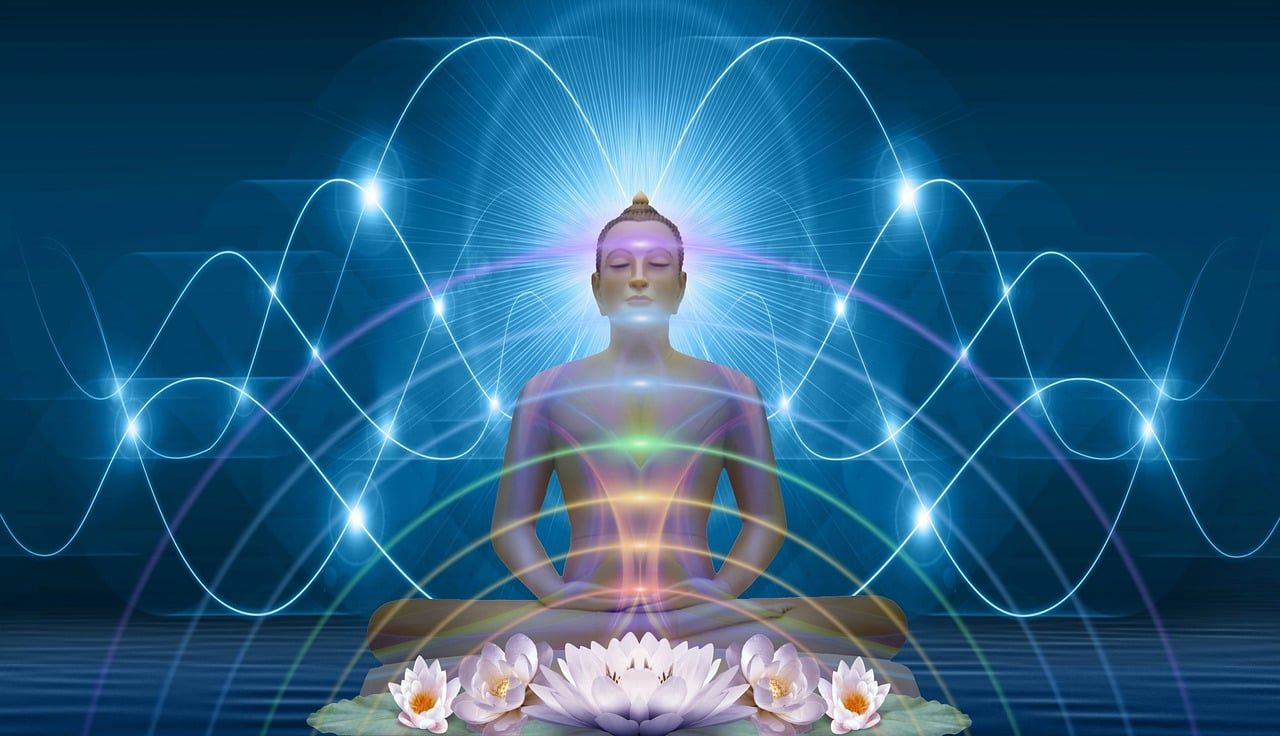Healing Mind & Emotions with the
Five Elements of Tantra
By learning about the Five Elements we can gain an understanding of why and how our mind and emotions become disturbed. Once we understand the pattern of dis-harmony of our Five Elements we can take specific actions to rectify them and thus return to our normal dynamic of mind and emotion.

THE ROOTS OF 5 ELEMENT THERAPY
There are many forms of psychotherapy available today, and Tantrik Psychology is beginning to assert its effectiveness in the arena of modern mental-emotional disturbances and illness, and for this reason it is on the rise.
Early Tantrik Yoga placed a great emphasis on the understanding of the elements and gaining control over them. Every “thing” that can arise from pure open spaciousness of Essence is a manifestation of 5 Elemental “Lights,” including our bodies, energies (emotions), and minds (thoughts). This makes all mental-emotional problems workable. The early yogins realized that not only was harmonizing their Five Elements essential for spiritual attainment, but that in the process their mental-emotional afflictions were processed out as well.
WHAT WILL YOU LEARN?
In this program you will learn to distinguish which of the 5 elements are currently out of balance – depleted, excessive, agitated, displaced, etc. And you’ll learn some essential methods for strengthening their effects in your life and re-establishing their harmony.
DIAGNOSIS OF CAUSATION
We will begin this online retreat by exploring what exactly the word “element” means in Tantrik Yoga Theory. We will describe in great detail the 5 elements themselves and give many examples of how the disturbed elements cause patterns of mental and emotional dis-ease or dis-harmony. For example, did you know that there are at least three types of “depression” that are caused by three different patterns of elemental disharmony, each needing the appropriate elemental rebalancing treatment in order for a cure to be attained? This knowledge will be associated with realm fixations and physical symptoms and signs wherever relevant in order to illustrate a more complete picture of how the subtle and gross systems of health and wellbeing are deeply interdependent.

THE METHODS OF 5 ELEMENTAL TREATMENT
Once this introduction to the 5 elements and their use in diagnosis is complete we will begin to explore a range of common patterns of disturbance and give possible treatments for them using the manipulation of the Five Elements as the “medicine”. The methods will draw from two categories: Outer and Inner. Outer Methods will deal with conduct and physical health techniques as treatments, occasionally touching on some key herbs with strong elemental recalibration power. The Inner Methods will deal with a range of subtle techniques of trataka, āsana, kriyā and the use of empathetic imagination/ meditation, visualization, breath, sound/mantra, bhava generation, etc.
TEACHINGS PLUS INTERACTIVE SESSIONS
This program is a recording of a 12-hour interactive course, where participants had the opportunity to offer their current situation of imbalance as examples for Dharma Bodhi to work with online. This compassionate sharing will deepen everyone’s understanding of how to use Five Elemental Tantrik Healing for their own continued healing and maintenance of balance after this introductory level program ends.
COURSE FEE: $315
(12 Teaching Hours)
Enroll Now
